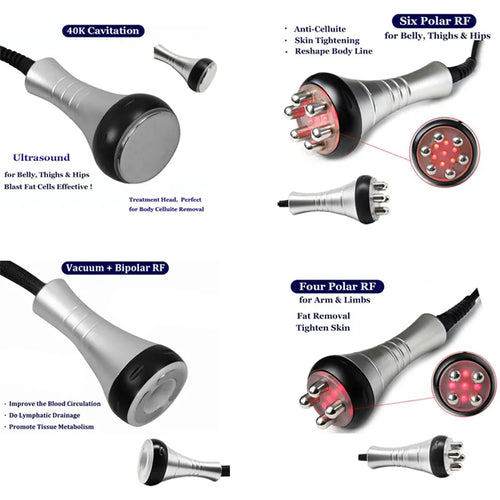
What is RF pain relief?
RF pain relief is a treatment method that uses the heat energy generated by radiofrequency current to accurately act on nerve tissue to reduce or eliminate pain. This technology uses a slender electrode needle to accurately puncture the target nerve area under the guidance of X-ray or CT, and then releases radiofrequency current to heat and destroy the nerve endings or ganglia that cause pain, thereby reducing or blocking the transmission of pain signals.
Scope of application of RF pain relief
RF pain relief technology is widely used in the treatment of various chronic pains, including but not limited to:
1. Trigeminal neuralgia: For severe pain caused by the trigeminal nerve in the face, RF treatment can effectively relieve patients' symptoms and improve their quality of life.
2. Sciatica caused by lumbar disc herniation: By acting on the compressed nerve roots, RF technology can relieve the resulting radiating pain in the lower limbs.
3. Spinal arthritis: For some types of spinal arthritis, RF treatment can relieve persistent pain caused by inflammation.
4. Cancer pain: In patients with advanced cancer, RF technology can be used to relieve refractory pain caused by tumor compression or invasion of nerves.
Advantages of RF pain relief
1. High precision: The operation is guided by images to ensure accurate treatment and reduce damage to surrounding normal tissues.
2. Significant efficacy: Most patients can feel pain relief immediately after treatment, and the long-term effect is stable.
3. Good safety: Compared with traditional surgery, RF treatment is less invasive, has a faster recovery, and fewer complications.
4. Repeatability: If the pain recurs, the treatment can be repeated according to the situation.
Treatment process and precautions
RF pain relief treatment is usually performed under local anesthesia, and the patient needs to remain relaxed. Before treatment, the doctor will conduct a detailed assessment to ensure that the patient is suitable for this treatment. After treatment, patients may feel slight discomfort or numbness in the treated area, which is normal and usually disappears gradually within a few days to weeks.
It is worth noting that RF pain relief is not suitable for all types of pain, and the treatment effect varies from individual to individual. Therefore, before receiving treatment, patients should fully understand the relevant information and communicate with their doctors to develop the most suitable treatment plan for themselves.
Conclusion
RF pain relief technology has brought good news to many chronic pain patients with its unique advantages. It not only effectively relieves patients' pain, but also improves their quality of life. With the continuous advancement of medical technology, we have reason to believe that more innovative therapies will be introduced in the future to provide more comprehensive and personalized solutions for pain management. Let us look forward to a painless and healthy future together.



